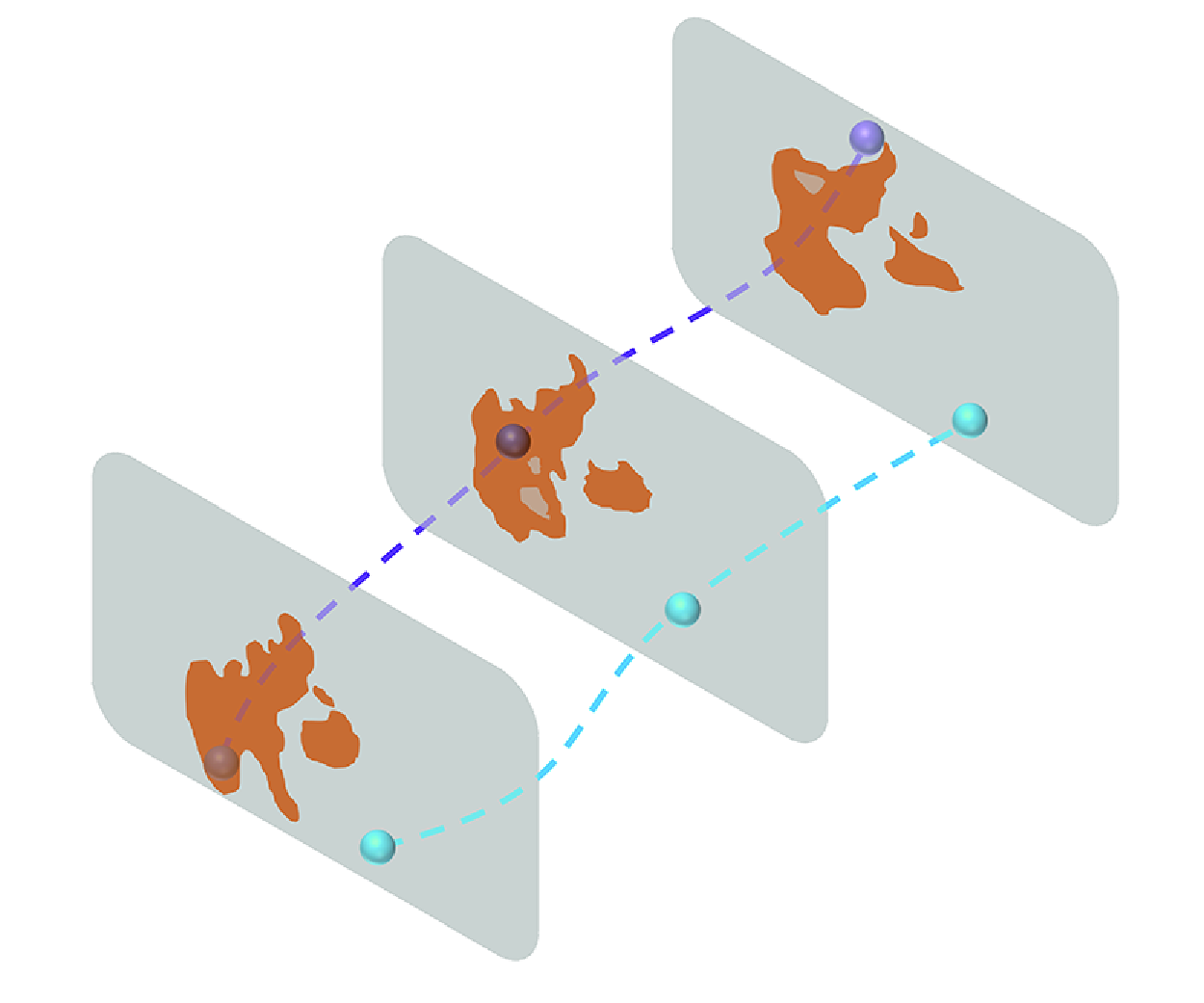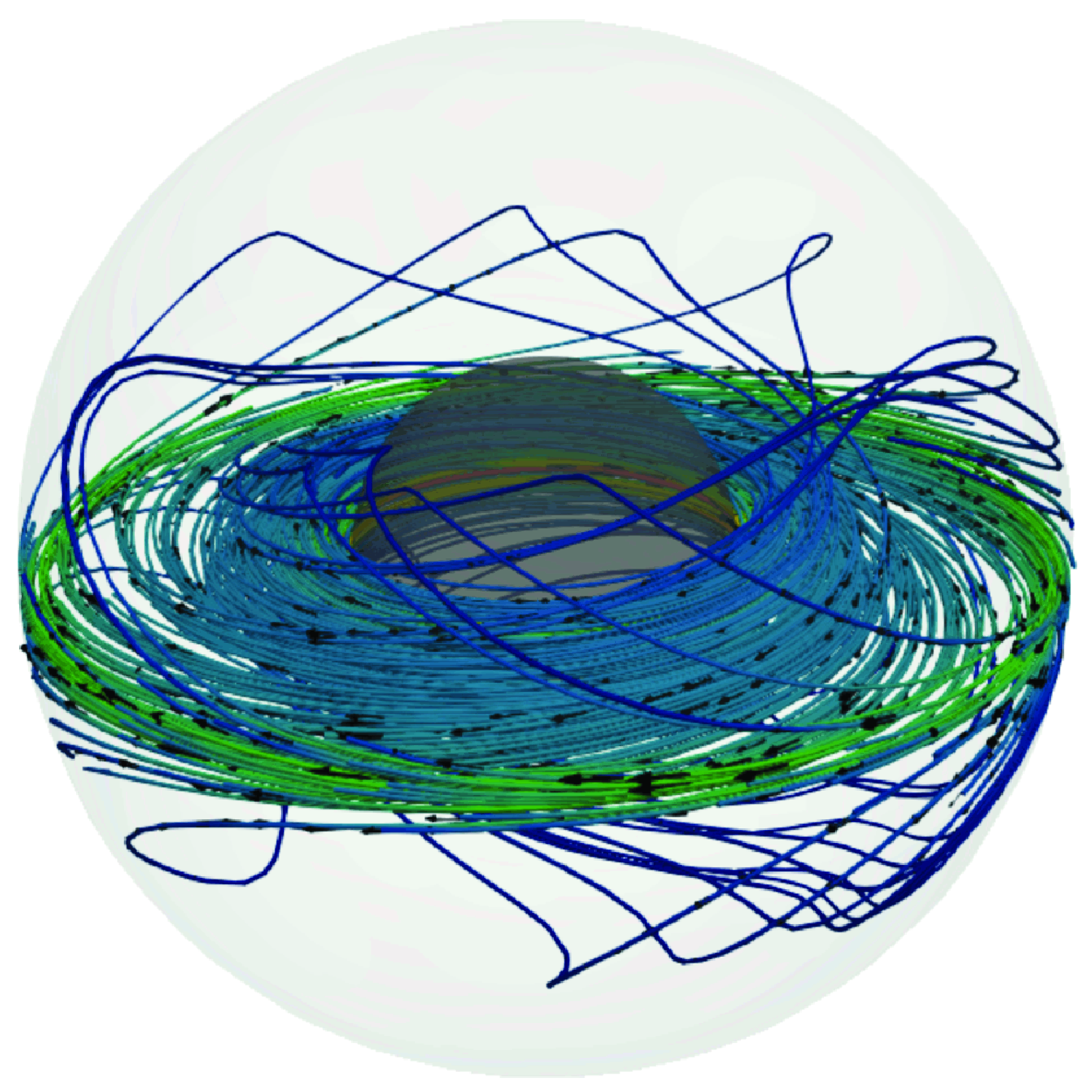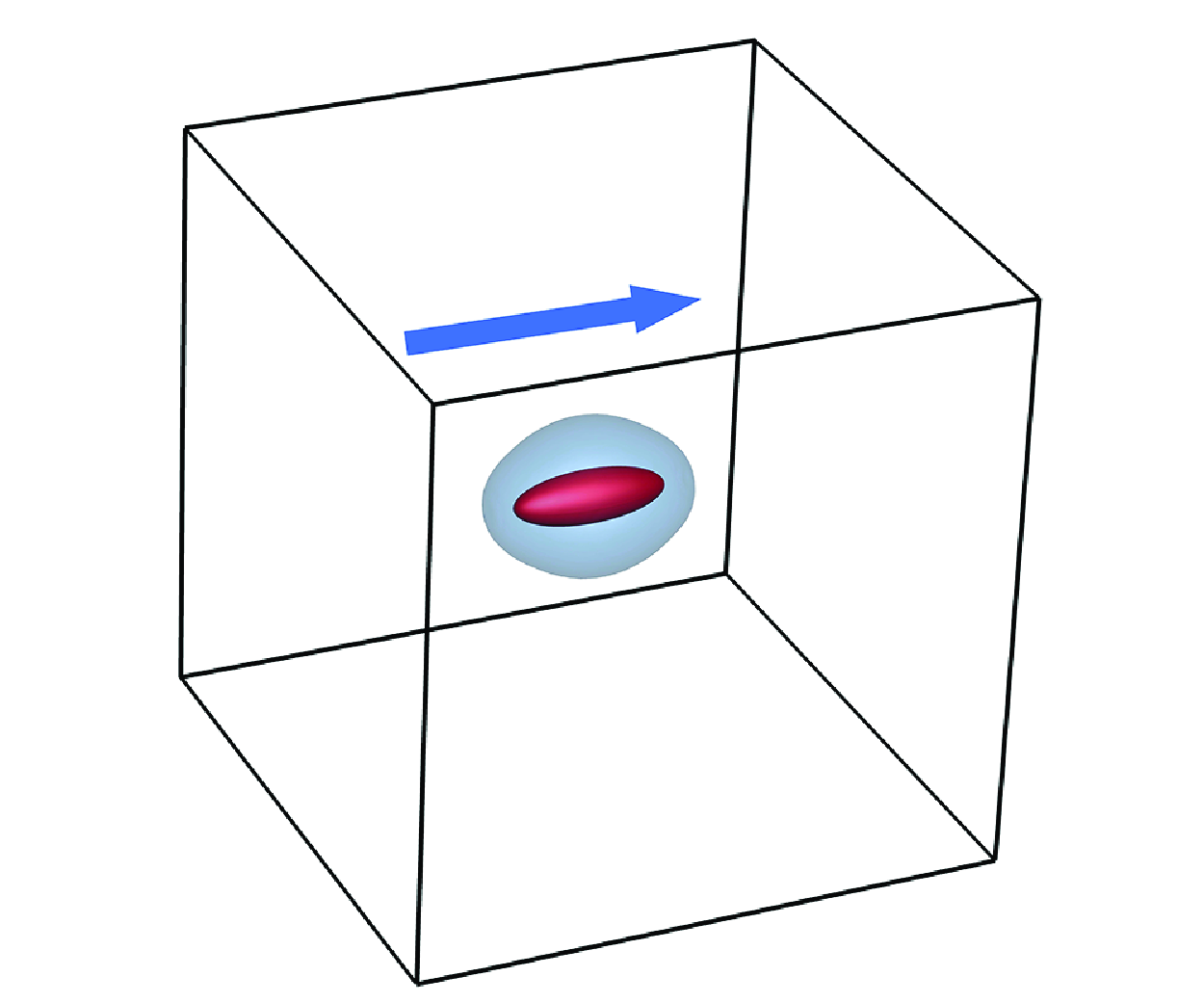Refine listing
Actions for selected content:
1418326 results in Open Access
Explaining geopolitical inventiveness: Late colonialism, decolonization, and the Cold War (1945–1970)
-
- Journal:
- Social Science History , First View
- Published online by Cambridge University Press:
- 16 July 2025, pp. 1-25
-
- Article
-
- You have access
- Open access
- HTML
- Export citation
The End of Peacekeeping: Gender, Race, and the Martial Politics of Intervention. By Marsha Henry. Philadelphia: University of Pennsylvania Press, 2024. 200p.
-
- Journal:
- Perspectives on Politics , First View
- Published online by Cambridge University Press:
- 16 July 2025, pp. 1-2
-
- Article
- Export citation
Preliminary Report on Symptoms of Anxiety, Depression, and PTSD Following Severe Flooding in Brazil: A Longitudinal Perspective
-
- Journal:
- Disaster Medicine and Public Health Preparedness / Volume 19 / 2025
- Published online by Cambridge University Press:
- 16 July 2025, e189
-
- Article
- Export citation
Flow-induced vibration of a cylinder subjected to proximity interference by a downstream-cylinder
-
- Journal:
- Journal of Fluid Mechanics / Volume 1015 / 25 July 2025
- Published online by Cambridge University Press:
- 16 July 2025, A16
-
- Article
- Export citation
Modified design of sub-reflector with dielectric cylindrical keeper to enhance gain in axially displaced ellipse reflector with dual polarization
-
- Journal:
- International Journal of Microwave and Wireless Technologies / Volume 17 / Issue 4 / May 2025
- Published online by Cambridge University Press:
- 16 July 2025, pp. 613-619
-
- Article
- Export citation
How large-scale flow structures affect particle transport in wall turbulence
-
- Journal:
- Journal of Fluid Mechanics / Volume 1015 / 25 July 2025
- Published online by Cambridge University Press:
- 16 July 2025, A23
-
- Article
- Export citation
Electromagnetically driven magnetized spherical Couette flow
-
- Journal:
- Journal of Fluid Mechanics / Volume 1015 / 25 July 2025
- Published online by Cambridge University Press:
- 16 July 2025, A25
-
- Article
- Export citation
Swimming and mixing of an ellipsoidal squirmer in a viscoplastic fluid
-
- Journal:
- Journal of Fluid Mechanics / Volume 1015 / 25 July 2025
- Published online by Cambridge University Press:
- 16 July 2025, A12
-
- Article
-
- You have access
- Open access
- HTML
- Export citation
John James Quinn. Majority State Ownership of Oil and Mining Sectors in Africa: The Resource Curse Undermined. London: Routledge, 2024. xiv + 186 pp. $200.00. Hardback. ISBN: 9781138390331.
-
- Journal:
- African Studies Review , First View
- Published online by Cambridge University Press:
- 16 July 2025, pp. 1-2
-
- Article
-
- You have access
- HTML
- Export citation
“A Bold Experiment in the Technique of Administration”: Nutrition Science and Development in the Gambia, 1946–50
-
- Journal:
- Journal of British Studies / Volume 64 / 2025
- Published online by Cambridge University Press:
- 16 July 2025, e16
-
- Article
-
- You have access
- Open access
- HTML
- Export citation
Supreme Prejudice: Examining the Supreme Court’s Racial & Criminal Biases
-
- Journal:
- Journal of Race, Ethnicity and Politics / Volume 10 / Issue 3 / November 2025
- Published online by Cambridge University Press:
- 16 July 2025, pp. 791-813
-
- Article
-
- You have access
- Open access
- HTML
- Export citation
Gender and Australian school leaders’ experiences of workplace violence by students, parents, and colleagues
- Part of
-
- Journal:
- The Economic and Labour Relations Review ,
- Published online by Cambridge University Press:
- 16 July 2025, pp. 1-20
-
- Article
-
- You have access
- Open access
- HTML
- Export citation
Revisiting the hydrodynamic modulation of short surface waves by longer waves
-
- Journal:
- Journal of Fluid Mechanics / Volume 1015 / 25 July 2025
- Published online by Cambridge University Press:
- 16 July 2025, A20
-
- Article
-
- You have access
- Open access
- HTML
- Export citation
Bucking the Buck: US Financial Sanctions & the International Backlash against the Dollar. By Daniel McDowell. New York: Oxford University Press, 2023. 238p.
-
- Journal:
- Perspectives on Politics / Volume 23 / Issue 3 / September 2025
- Published online by Cambridge University Press:
- 16 July 2025, pp. 1196-1197
- Print publication:
- September 2025
-
- Article
-
- You have access
- HTML
- Export citation
Streaming and diffusion in the cochlea
-
- Journal:
- Journal of Fluid Mechanics / Volume 1015 / 25 July 2025
- Published online by Cambridge University Press:
- 16 July 2025, A15
-
- Article
- Export citation
The Collaborative Innovation Effect of ESG Signals: Integrating Signaling and Trust Theories
-
- Journal:
- Management and Organization Review / Volume 21 / Issue 1 / February 2025
- Published online by Cambridge University Press:
- 15 July 2025, pp. 73-101
-
- Article
- Export citation
MOR volume 21 issue 1 Cover and Front matter
-
- Journal:
- Management and Organization Review / Volume 21 / Issue 1 / February 2025
- Published online by Cambridge University Press:
- 15 July 2025, pp. f1-f3
-
- Article
-
- You have access
- Export citation
DEGENERATIONS OF ORBIFOLD CURVES AS NONCOMMUTATIVE VARIETIES
- Part of
-
- Journal:
- Nagoya Mathematical Journal , First View
- Published online by Cambridge University Press:
- 15 July 2025, pp. 1-19
-
- Article
-
- You have access
- Open access
- HTML
- Export citation
An Exploratory 12-Month Observational Study of Adults with Spinal Muscular Atrophy: Learning From Our Tools
-
- Journal:
- Canadian Journal of Neurological Sciences , First View
- Published online by Cambridge University Press:
- 15 July 2025, pp. 1-10
-
- Article
-
- You have access
- Open access
- HTML
- Export citation
Complications of Middle Meningeal Artery Embolization for Chronic Subdural Hematoma: A Systematic Literature Review
-
- Journal:
- Canadian Journal of Neurological Sciences , First View
- Published online by Cambridge University Press:
- 15 July 2025, pp. 1-11
-
- Article
- Export citation





































